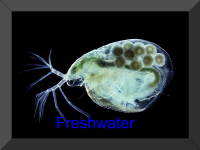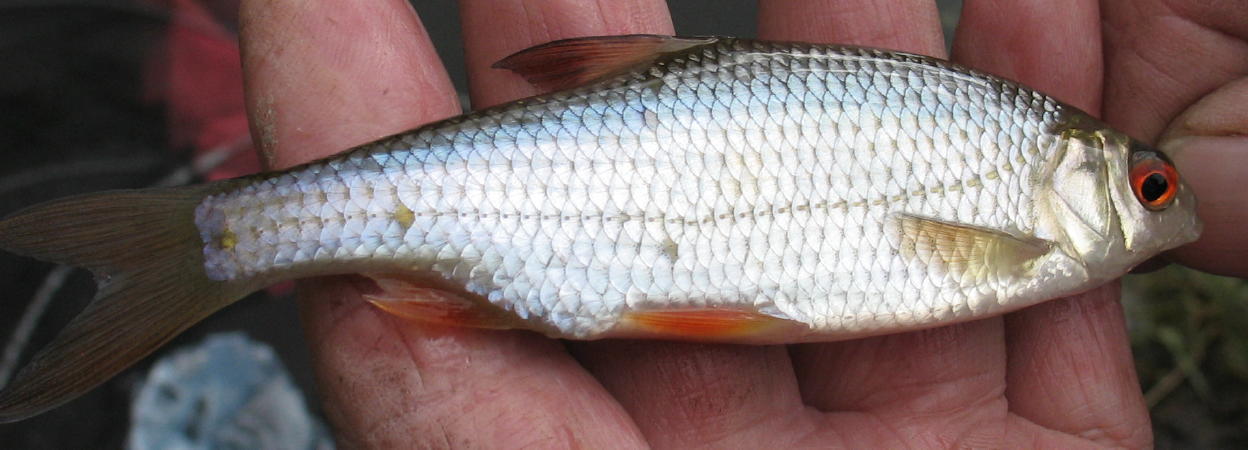BACK TO <<<
>>>

Family CyprinidaeSize: 32 " ( 80 cm )
Description
The Common Bream has a strikingly deep body with highly compressed sides and a distinctive mouth. Its dark back frequently has a greenish tinge. The back is green/brown, slate coloured or even black in old age with silvery grey sides and a whitish belly. Young fish are silvery, while the older Bream are dark and often have a golden lustre on their sides. Bream generally are found in large shoals, especially when young, favoring deep, slow or still water. The Bream can live to age of 20 - 25 years
IMAGE 15826 (C) 2008 COLIN DUKE
Habitat:
A very common shoal fish found in most silt rich lakes, ponds, gravel pits, canals and slow rivers. The specimen above a yound bream caught on the River Calder 27th March 2008.
Distribution: Found throughout most of lowland British lowland waters, parts of Wales and Ireland.Description:
Easily distinguished from other species, the bream has a very deep narrow body with the tail fin being deeply forked, the upper lobe being pointed and the lower one slightly rounded. The anal fin is very long reaching from just past the mid-point of the belly to almost the tail. In spite of being well scaled, the bream is extremely slimy.
The sides are paler being grey/olive-coloured with a touch of bronze in maturity, becoming darker and brassier with increased aged. The underside is buff, white or cream.
Young bream, called ‘skimmers’, are bright white/silver, extremely slimy and are often confused with silver or white bream, a different species altogether.
Common bream have much smaller eyes than silver bream, 25-27 rays on their anal fin, while silver bream have 19-21.
Diet
Bream are opportunist shoal fish - they will feed from the bottom - up to mid-water and will take a variety of prey
Large shoals of feeding bream stir up the bottom when rooting for food, this results in gases being released which carry silt clouds to the surface - so watch out for bubbles and discoloured water when trying to locate fish.
Moving in shoals, bream quickly clear the area of anything edible and then move on. Predominantly feeding on the soft bottom of ponds, lakes with plenty of silt they have a long tubed mouth which can be used to suck larvae molluscs and other food from the mud.
